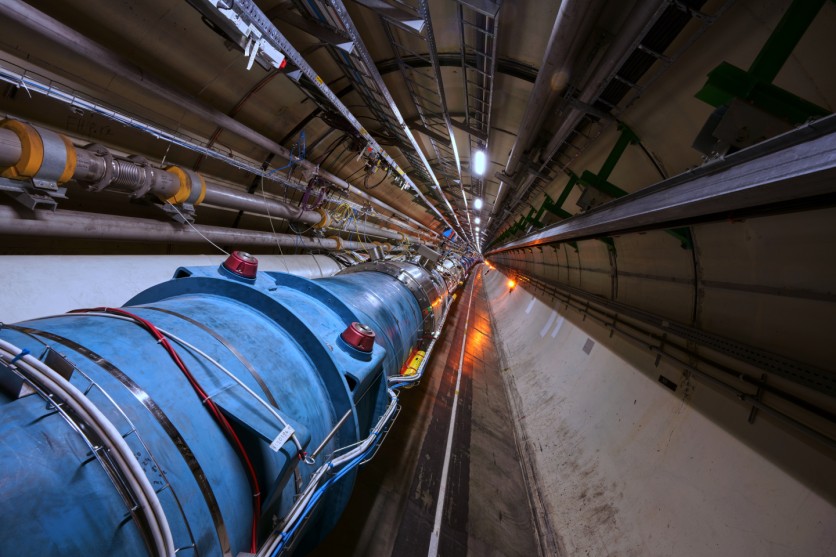The Large Hadron Collider is poised to begin colliding protons at extraordinary levels in its effort to uncover further mysteries about how the universe functions, ten years after it found the Higgs boson.

World's Biggest and Most Powerful Collider
According to ScienceAlert, the biggest and most powerful particle collider in the world resumed its operation in April following a three-year hiatus for modifications in anticipation of its third test.
The European Organization for Nuclear Research (CERN) declared at a press event last week that it will start operating on June 28 and continue for almost four years at a record energy of 13.6 trillion electronvolts!
ScienceAlert noted that the collider would revolve a 27-kilometer or 17-mile ring buried 100 meters beneath the Swiss-French border with two proton beams traveling in opposite directions with a velocity that is almost tantamount to the speed of light!
Numerous experiments will also be conducted employing the increased power to investigate dark matter, dark energy, and other significant mysteries. The ensuing collisions will be recorded by CMS, ATLAS, LHCb, and ALICE.
CERN's head of accelerators and technologies, Mike Lamont, stated that the technology expects to deliver 1.6 billion proton-proton collisions per second in the ATLAS and CMS investigations.
He stated that to boost the collision rate, the proton beams would be shrunk to fewer than 10 microns, comparable to a human hair approximately 70 microns thick, according to ScienceAlert.
The Standard Model
The boson's compatibility with the Standard Model, the dominant hypothesis of all the elementary particles that comprise matter and the forces that control them, played a role in the discovery's transformative impact on physics.
The Standard Model has been called into question by a number of recent discoveries. Hence the newly enhanced collider will examine the Higgs boson in greater detail.
When the Higgs boson was discovered ten years ago, CERN director-general Fabiola Gianotti claimed it was connected to some of the most significant unanswered topics in fundamental physics at the time.
There will be 20 times as many collisions this time as there were during the collider's first run, which led to the discovery of the boson, according to ScienceAlert.
The chief of research and computation at CERN, Joachim Mnich, stated that there is still a great deal to discover about the boson.
More than 60 composite particles predicted by the Standard Model, including the tetraquark, have had their masses measured through previous tests, including the Higgs boson.
The Large Hadron Collider has nine experiments, including ALICE and LHCf, which use collisions to replicate cosmic rays and the very first 10 microseconds after the Big Bang.
Following this run, the collider will return in 2029 as the High-Luminosity LHC, doubling the volume of events that can be detected.
The scientists are also designing a Future Circular Collider, a 100-kilometer ring that seeks to achieve the power of an astounding 100 trillion electronvolts.
Related Article : [WATCH] Atlas V Rocket Will Deploy Missile-Warning Satellite for the U.S. Military on June 30!
This article is owned by Tech Times
Written by Joaquin Victor Tacla
ⓒ 2025 TECHTIMES.com All rights reserved. Do not reproduce without permission.




